Sustainability is a growing concern, especially among younger generations. To better support efforts to transition to sustainable energy grids and business practices, it’s important to foster the youth of today’s love of all things natural, even from a young age.
Since children are the future of this planet, instilling environmentally and socially-friendly behaviour patterns in them now can make a big difference in the outcome of the future. But inspiring children to be advocates for sustainability requires that you first understand the value of sustainable education and can teach that value through real-world applications.
Here, you’ll find methods you can use as a STEM educator to inspire a life-long passion for sustainable practices in children.
The Value of a Sustainable Education
Looking at bean growth during a Plants for Life school incursion
Inspiring a love of sustainability in children requires that you demonstrate to them the value of sustainability in all its forms. Sustainability isn’t just about doing less harm to the environment.
It’s about creating a balance between people, economies, and the environment to support a better world for all who live in it. True sustainability consists of these three pillars working in tandem. For example, a business isn’t really sustainable if its transition to green energy displaces many workers and harms the local economy. Instead, sustainability takes people and finances into consideration as well as environmental benefits. This way, the benefits of sustainability extend far beyond even those who embrace it. When it comes to teaching children, a sustainable education can:
- Teach life skills
- Impart educational lessons
- Reduce unhealthy behaviours
- Promote a cleaner planet
Gardening, for instance, can teach children vital life skills and lessons such as responsibility and nutrition. Meanwhile, it can be a way to get kids excited about growing and eating their own healthy foods, which in turn will support local agricultural infrastructures in the future and help reduce the environmental impact of industrial farming. Additionally, a sustainable education gives kids the knowledge they need to make healthier choices every day. We’ve all struggled with too much screen time throughout the pandemic, for instance, with 72% of parents saying they’ve been more lenient with screen time for their kids.
By teaching children that spending too much time on video games and the internet isn’t good for them or the planet — and by setting good examples — we can better inspire advocacy in children. But how can you go about teaching sustainability in a way that will inspire students? The answer comes down to showing them the applications of green, renewable practices.
Teaching through Sustainability
Learning about Phasmids during a Little Life school visit
Every child learns differently. Fortunately, however, there are a variety of methods you can employ when demonstrating the power of sustainability. This starts with real-world applications and evolves into an exploration of potential.
The future will be a sandbox of innovative sustainable technology with enough advocates. You can do your part to inspire these advocates by embracing practices like the following in STEM education:
Show the Real World Applications
Sieving soils during a geology workshop
Real-world applications are vital when it comes to inspiring advocacy. Up-and-coming generations need to see where their creative energy and hard work can make a real difference. Otherwise, we risk a slide into apathy. This is exactly why educators have collaborated to engage over 100,000 students in global partnerships that focus on decarbonization. Projects like these are all about action as well as inquiry, offering a variety of ways for students to learn about the issues and react scientifically. By unifying interested youth in this way, you prove that progress can be made while having fun.
Meanwhile, even a backyard retreat can be enough to demonstrate the value of sustainability. Natural, outdoor space is a privilege that we often take for granted. Inspiring advocacy can sometimes be as simple as allowing children to appreciate what a clean and safe environment has to offer them. Nature getaways and hikes can be beneficial for older children, while younger ones can learn a lot through gardening or even playing catch in the backyard.
You can further invite engagement through visits to natural history museums or with engineering-inspired toys that explore sustainability concepts. From here, you can explore the potential of a more sustainability-minded future.
Explore the Potential
Measuring tree height in a rainforest using a clinometer
Kids love imagining their futures and what they might achieve. Sustainability is a way to guide their energy towards fulfilling careers. For instance, there are all kinds of jobs in which someone might make a difference. These include:
- Urban planner
- Environmental scientist
- Hydrologist
- Conservation scientist
Exploring these fields, meeting these professionals, and visiting their workplaces are great ways to demonstrate the potential of green careers to children. Other adult professionals have a chance of inspiring students in ways you might not be able to. For children already interested in any one of these career paths, meeting a real-life example might just be enough to inspire that child to life-long advocacy.
By showing them careers and potential tied to preserving the planet and its people, you can foster in children conscientiousness towards nature, human beings, and their financial well-being. From here, future generations will be empowered to make the kinds of sustainable decisions their own children will depend on.
Happy teaching,
Dan Matthews is a freelance writer and content consultant who specializes invaluable insights for a wide variety of audiences. However, he loves to focus on and emphasize the importance of the sciences as to create a better tomorrow through green technologies, sustainability, and environmental preservation.
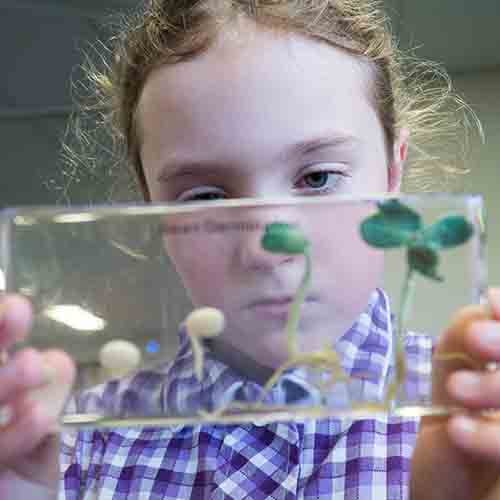

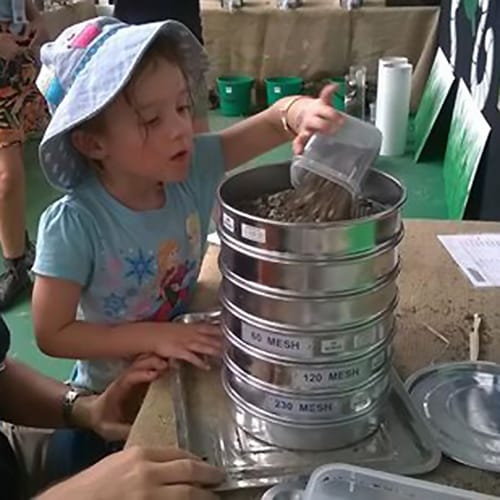
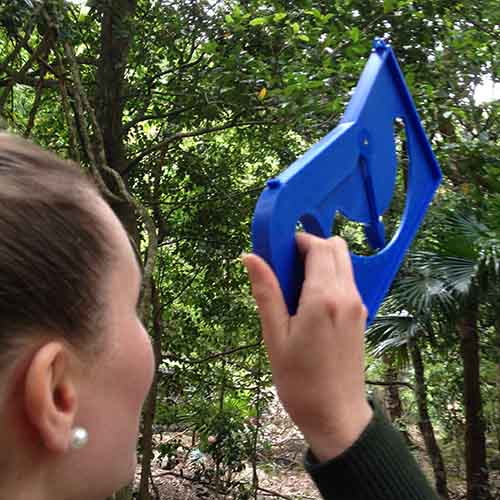





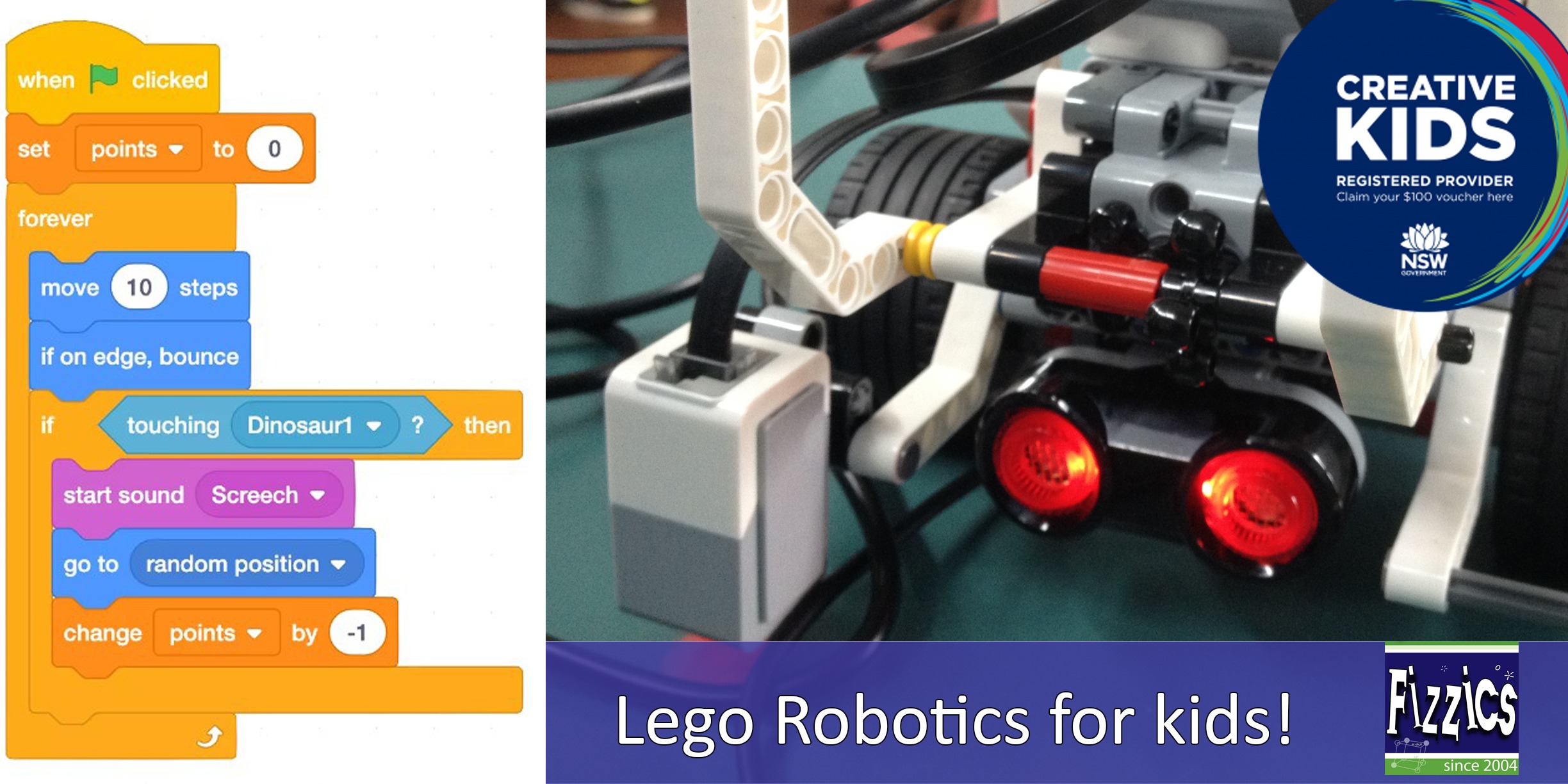
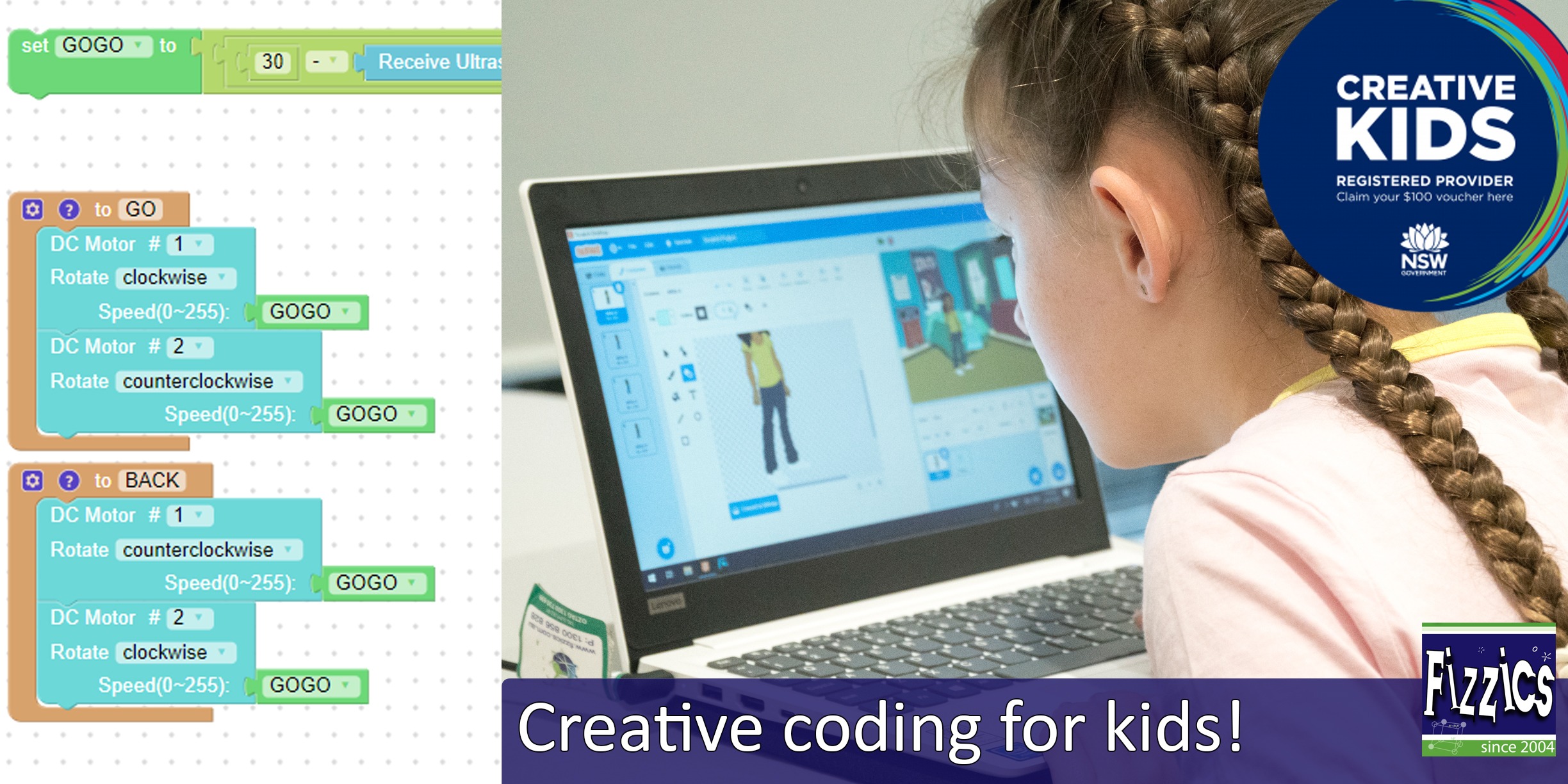
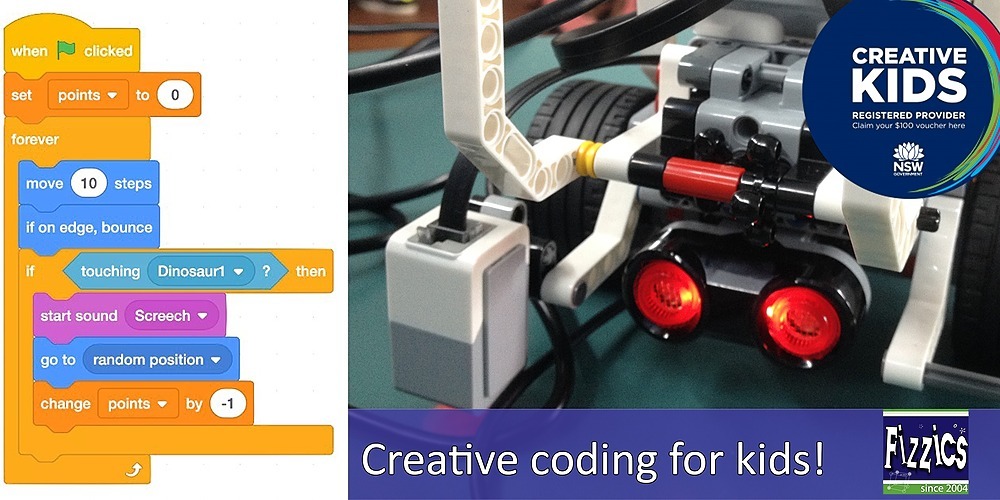

















Thanks for sharing!